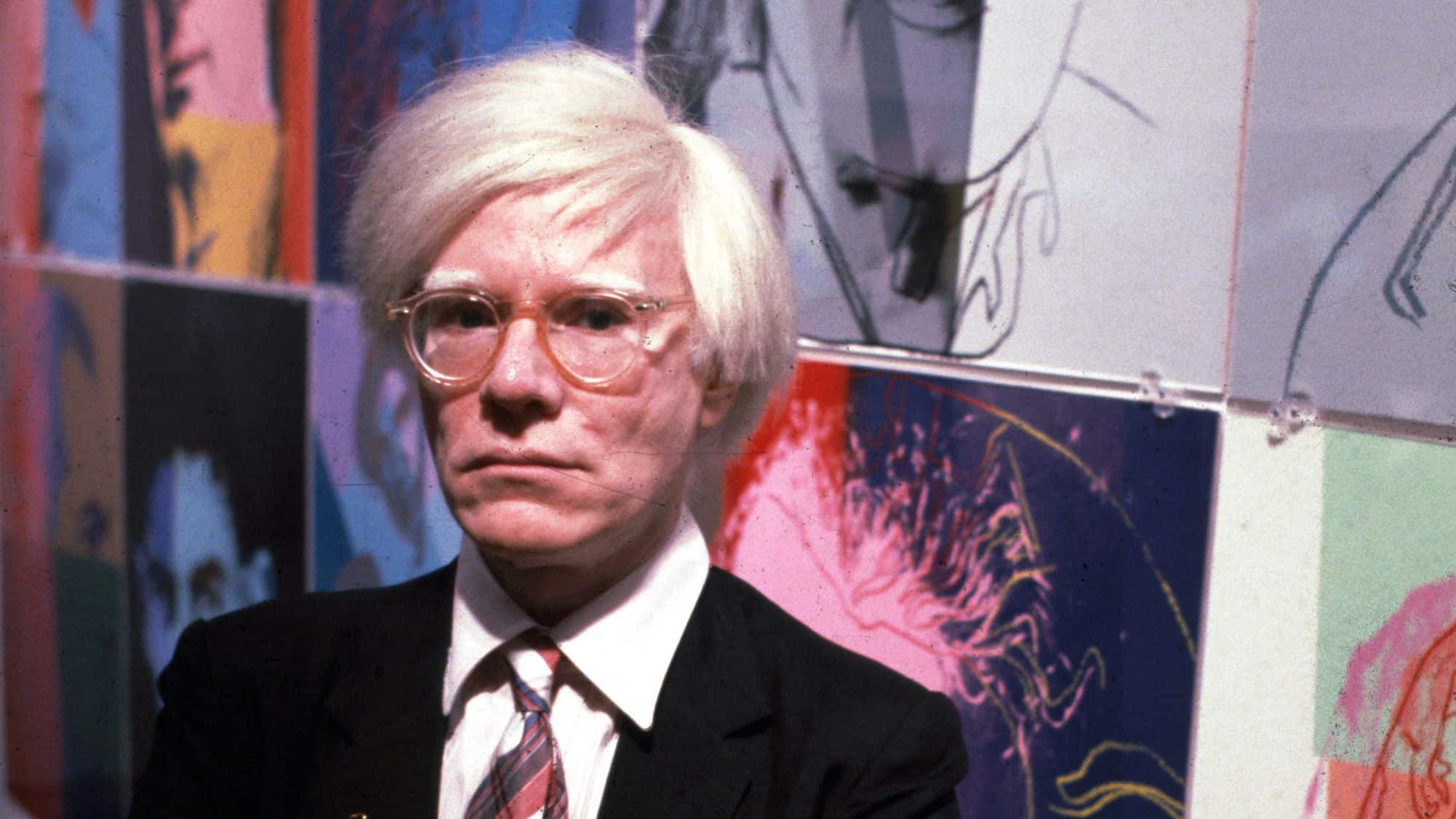Andy Warhol Net Worth: $220M Fortune & Secret Faith (2025 Update).
by AJ Palmer
Andy Warhol, the pop art icon synonymous with Campbell's soup cans, Marilyn Monroe, and his enigmatic silver wig, amassed an extraordinary net worth estimated at $220 million (adjusted for inflation) at the time of his unexpected death in 1987.
Yet, hidden beneath this glittering façade of commercial success and counterculture prominence lay a profound spiritual life that, for decades, remained largely private: his unwavering devotion to Byzantine Catholicism.
Far from being a quirky footnote, Warhol’s faith was a quiet anchor, profoundly shaping his unique artistic vision and, paradoxically, allowing him to see the sacred in the seemingly profane world he so meticulously chronicled.
He was known to slip quietly into church most mornings, rosary beads often tucked into his pocket, and a crucifix kept by his bedside. This daily ritual, seemingly at odds with his flamboyant public image, was in fact the crucible where his artistic sensibility was forged.
The repetitive, almost hypnotic quality of the Byzantine liturgy, with its gilded icons and reverence for saints, directly informed his serial screen prints of mundane objects and celebrity portraits. For Warhol, the mass-produced images of consumer culture became his modern-day icons, transforming the supermarket aisle into a "cathedral of commodities" where he sought to reveal the divine hidden within the ordinary.
His art wasn't just a commentary on society; it was, as art historian Eugene McCarraher suggested, "a way of liking things," a celebration of the everyday where, in Orthodox tradition, "the divine always manifests itself sacramentally."
The Financial Empire: Dissecting Warhol's $220 Million Estate
Andy Warhol's demise on February 22, 1987, due to complications following a routine gallbladder surgery, unveiled an estate of immense value. A prolonged and bitter dispute over its valuation was finally settled on July 21, 1993, when his estate was officially valued at approximately $220 million.
This amount was agreed upon by the Andy Warhol Foundation for the Visual Arts, the New York State Attorney General's office, and the estate's executor, Frederick W. Hughes [The New York Times]. This substantial fortune underscores not only his prodigious artistic output but also his shrewd understanding of art as a commodity.
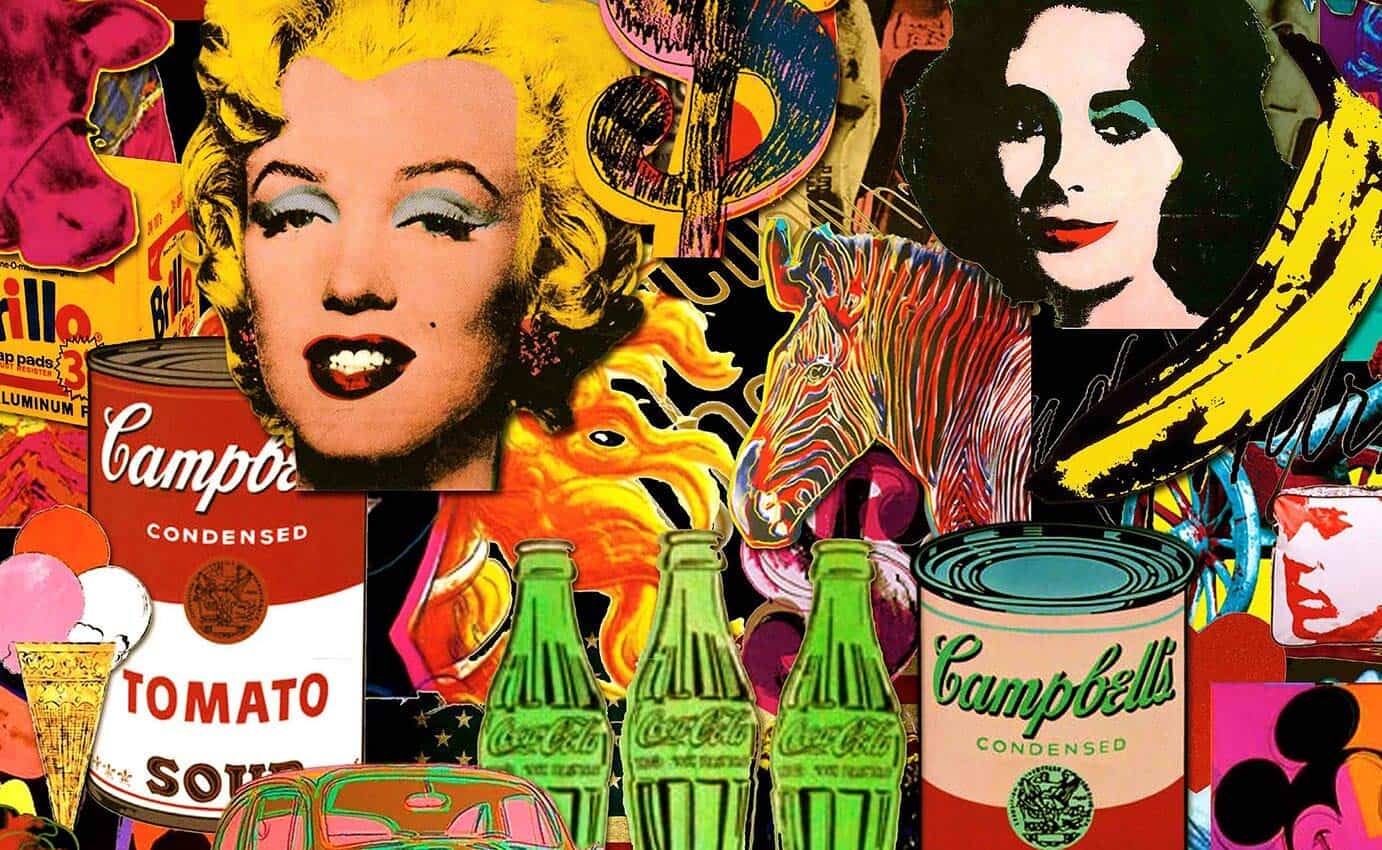
Warhol transformed everyday objects, like Campbell's Soup Cans, into high art, laying the groundwork for his immense fortune.
His personal estate was staggering in its breadth and volume, a true reflection of his lifelong obsession with collecting. It famously took Sotheby's a remarkable nine days to fully catalog his possessions after his death. The inventory included:
- Over 90,000 individual art pieces: This comprised a staggering 4,118 paintings, 5,103 drawings, 19,086 prints, and 66,512 photographs, a monumental archive of his prolific career that forms the core of his estate's value.
- Personal effects valued at $20 million: This eclectic mix ranged from museum-quality fine art collected from peers to quirky collectibles, revealing the true breadth of his fascinations. Among them were a legendary collection of 175 ceramic cookie jars (which famously sold for over $250,000 at auction, far exceeding expectations), diamond-studded watches, hundreds of his iconic silver wigs, and an astonishing assortment of taxidermy.
- Significant real estate holdings: Warhol owned valuable properties, most notably his Upper East Side townhouse in New York City and "Eothen," his picturesque oceanfront compound in Montauk, Long Island. Acquired with Paul Morrissey in 1971 for $225,000, this compound, named from the Greek for "from the East" or "from the dawn," became a notable retreat for Warhol and his famous circle, including the Kennedys and The Rolling Stones.
In his will, Warhol famously stipulated that the vast majority of his estate—the lion's share of his paintings, stock holdings, furniture, and other valuables—was to fund the creation of The Andy Warhol Foundation for the Visual Arts.
This philanthropic endeavor was established to "advance the visual arts," ensuring his wealth would continue to support artistic innovation for generations. While the bulk of his fortune established the Foundation, a portion of his personal effects and some early artworks were inherited by his nephew James Warhola and his six siblings.
The Contentious Battle for the Warhol Estate
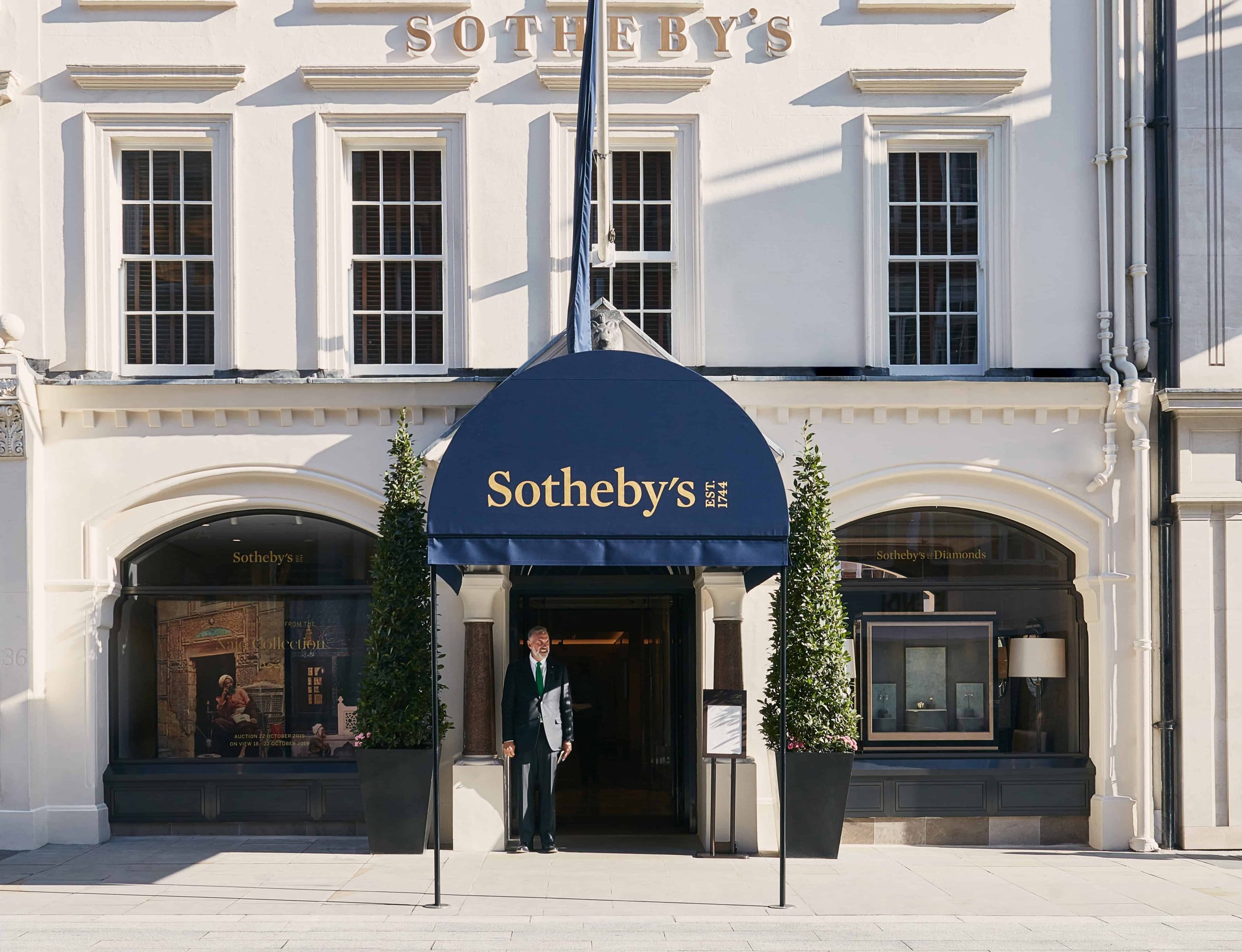
The valuation of Warhol's colossal estate led to years of legal disputes, finally settling at $220 million.
The administration of Warhol's colossal estate was far from smooth, leading to a high-profile legal saga that spanned years. Frederick W. Hughes, Warhol's long-time business manager and executor, initially headed the Foundation. However, his failing health after Warhol's death contributed to internal strife.
The most significant financial dispute arose with Edward W. Hayes, the lawyer initially hired to manage the estate. Hayes had a contract entitling him to a 2% fee of the estate's gross value and controversially estimated its worth at a staggering $400 million to $600 million. This valuation, if upheld, would have resulted in an enormous payout for Hayes.
The newly formed Warhol Foundation, under Archibald Gillies (who took over from a sickly Hughes in 1990), fiercely contested this figure. The legal battle culminated in Christie's official 1993 valuation of $220 million, a figure upheld by the New York Surrogate's Court, significantly reducing Hayes's eventual payout and resolving the "legal tug-of-war" [Victor Wiener Associates]. This protracted dispute highlighted the immense complexities of valuing an artist's entire body of work, especially one as prolific and unconventional as Warhol's.
Faith: The Unseen Thread in His Tapestry
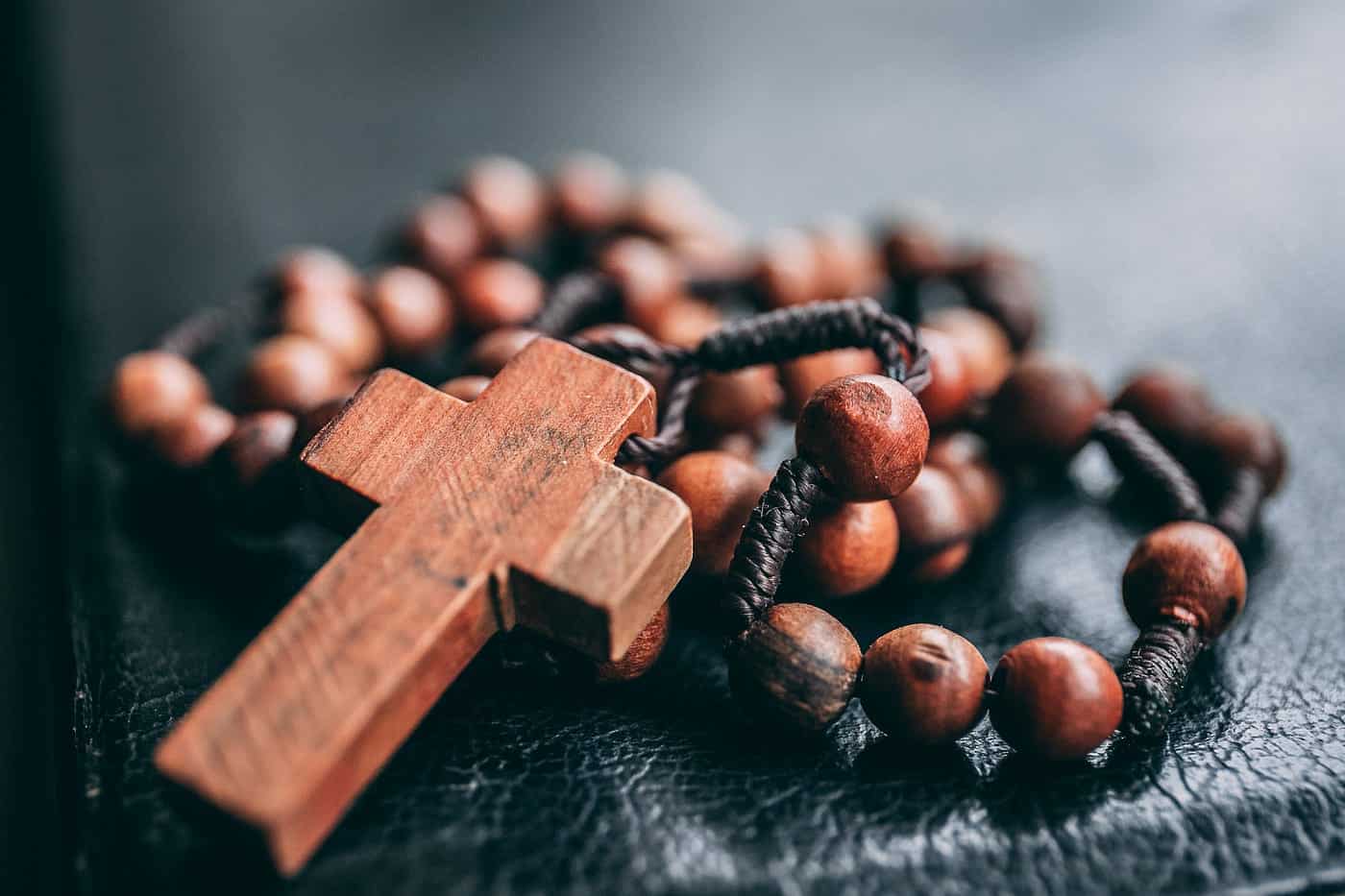
Warhol's art was deeply informed by his private devotion to Byzantine Catholicism, seeing the sacred in repetition and everyday objects.
While his public image was all about celebrity and superficiality, Warhol's Byzantine Catholic upbringing remained a constant, deeply personal influence. He rarely spoke of his faith publicly, yet his closest friends and the meticulous entries in The Andy Warhol Diaries reveal a man who truly held it as his anchor. He attended Mass regularly at Manhattan’s St. Vincent Ferrer, often slipping in discreetly, preferring the back pews.
"He’d sneak into church in jeans, sit in the back pew, and leave quietly before the final blessing," recalled Father John O’Connor of St. Vincent Ferrer Church [Catholic News Agency].
His art, rather than being a repudiation of this faith, can be seen as an extension of it. The repetition inherent in his silkscreen process, from "Marilyn Diptych" to "Campbell's Soup Cans," echoes the ritualistic repetition of prayers and the serial nature of religious icons.
For Warhol, celebrity portraits were a modern form of hagiography, presenting secular saints for contemporary veneration. His later works, like his monumental "Last Supper" series, explicitly merged his deep-seated religious imagery with commercial iconography, demonstrating his belief that beauty and spiritual meaning could be found everywhere, even in the most mundane or commercial forms.
Scholars like Jane Daggett Dillenberger, in her seminal work The Religious Art of Andy Warhol, highlight how Warhol’s Catholicism informed his fascination with repetition and iconography, demonstrating a complex, often conflicted, but undeniable spiritual core [Artlyst].
From Pittsburgh Roots to Pop Art Stardom
Born Andrew Warhola Jr. on August 6, 1928, in Pittsburgh, Pennsylvania, Warhol was the son of working-class Austrian-Hungarian immigrants. His early life was marked by the tragic death of his father when Andy was just 13. He honed his artistic skills at the Carnegie Institute of Technology, graduating in 1949 with a BFA in pictorial design.
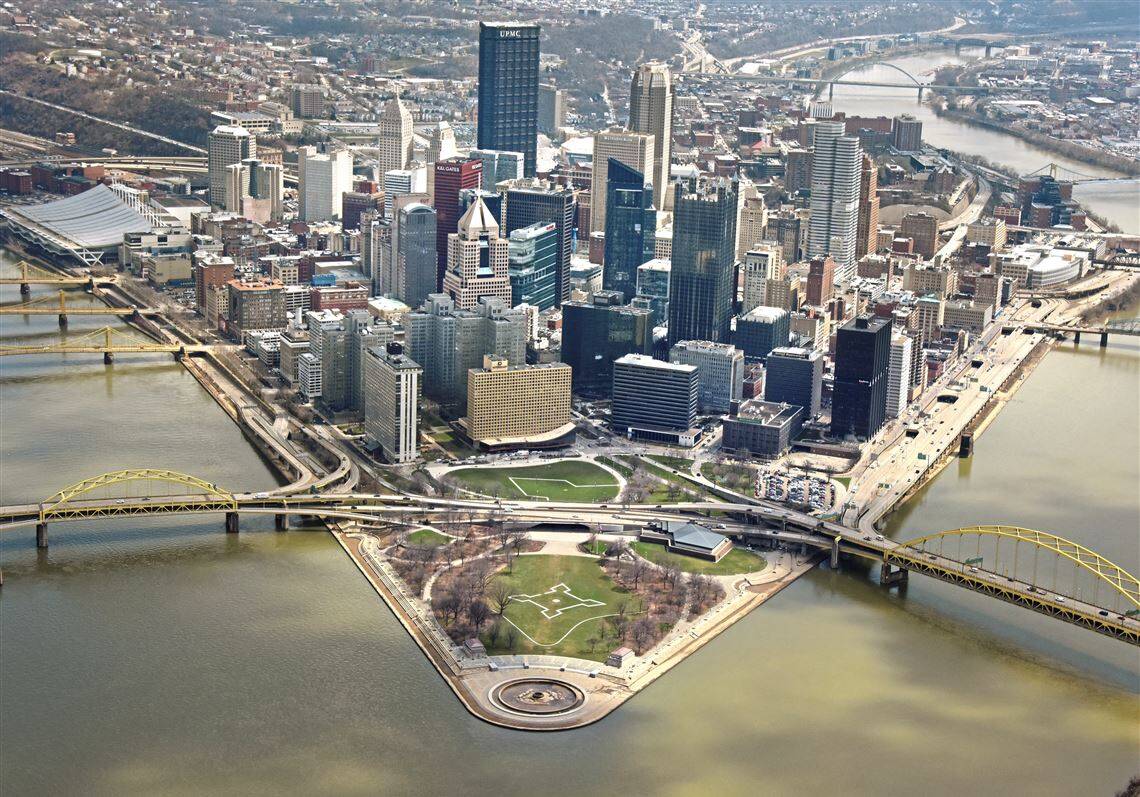
From his humble beginnings in Pittsburgh, Andy Warhol embarked on a journey to redefine modern art.
Upon moving to New York City, Warhol quickly made a name for himself in commercial art, particularly in magazine illustration and advertising. His distinctive "blotted line" technique, developed while working for shoe manufacturer Israel Miller in the 1950s, became his early signature. His first solo show in 1952 at the Hugo Gallery and a group exhibition at the Museum of Modern Art in 1956 marked his formal entry into the art world.
The 1960s saw Warhol's meteoric rise with his pioneering use of the screen printing process. His 1962 exhibition of "Campbell's Soup Cans" at the Ferus Gallery in Los Angeles was a landmark event, effectively launching Pop Art on the West Coast. Throughout the decade, he created iconic portraits of American cultural figures like Marlon Brando, Elizabeth Taylor, Muhammad Ali, and Elvis Presley, alongside his celebrated depictions of dollar bills, Coca-Cola bottles, and other consumer objects.
Beyond his public persona, Warhol also contended with significant health challenges. As a child, he suffered from Sydenham's chorea, a neurological disorder that confined him to bed for weeks, a period often credited with sparking his deep interest in drawing and magazine imagery.
Throughout his adult life, he harbored a profound fear of illness and hospitals, a hypochondria exacerbated by the 1968 assassination attempt. He also exhibited compulsive collecting behaviors, filling hundreds of 'time capsules' with everyday objects, a tendency some biographers have retrospectively linked to hoarding disorder. These personal struggles, including long-standing gallbladder issues, ultimately contributed to the complications that led to his death following surgery in 1987.
The Factory: A Universe of Creation and Controversy
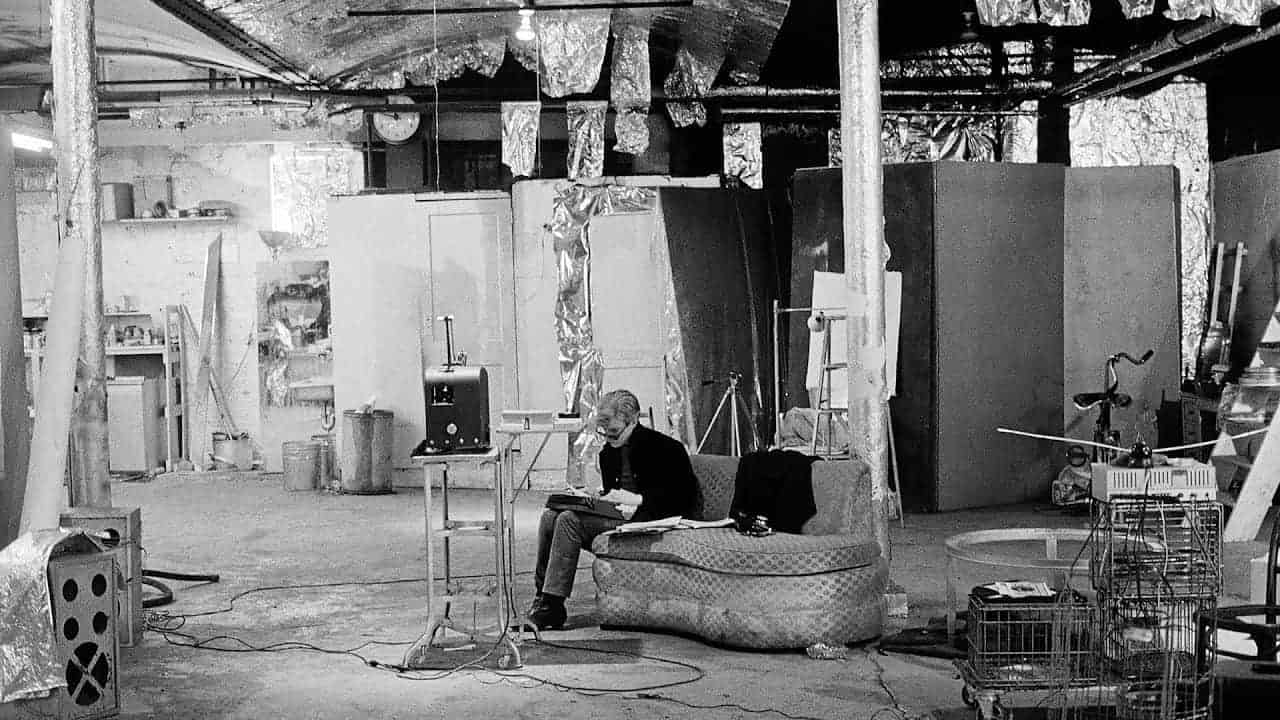
The Factory, Warhol's legendary studio, was a melting pot of creativity and counterculture
As his fame skyrocketed, Warhol established his legendary New York studio, The Factory. More than just an art space, it was a cultural crucible where he assembled an eclectic "coterie" of artists, writers, musicians, drag queens, intellectuals, and street people. The Factory became the epicenter of counterculture, a place where boundaries blurred, and creativity flourished.
Here, Warhol cultivated "superstars" like singer-songwriter Nico (whose band, The Velvet Underground, he famously produced and managed) and actors such as Edie Sedgwick and Candy Darling. These collaborators starred in many of his experimental films, including "Chelsea Girls," further cementing The Factory's avant-garde reputation.
The Assassination Attempt and Its Aftermath
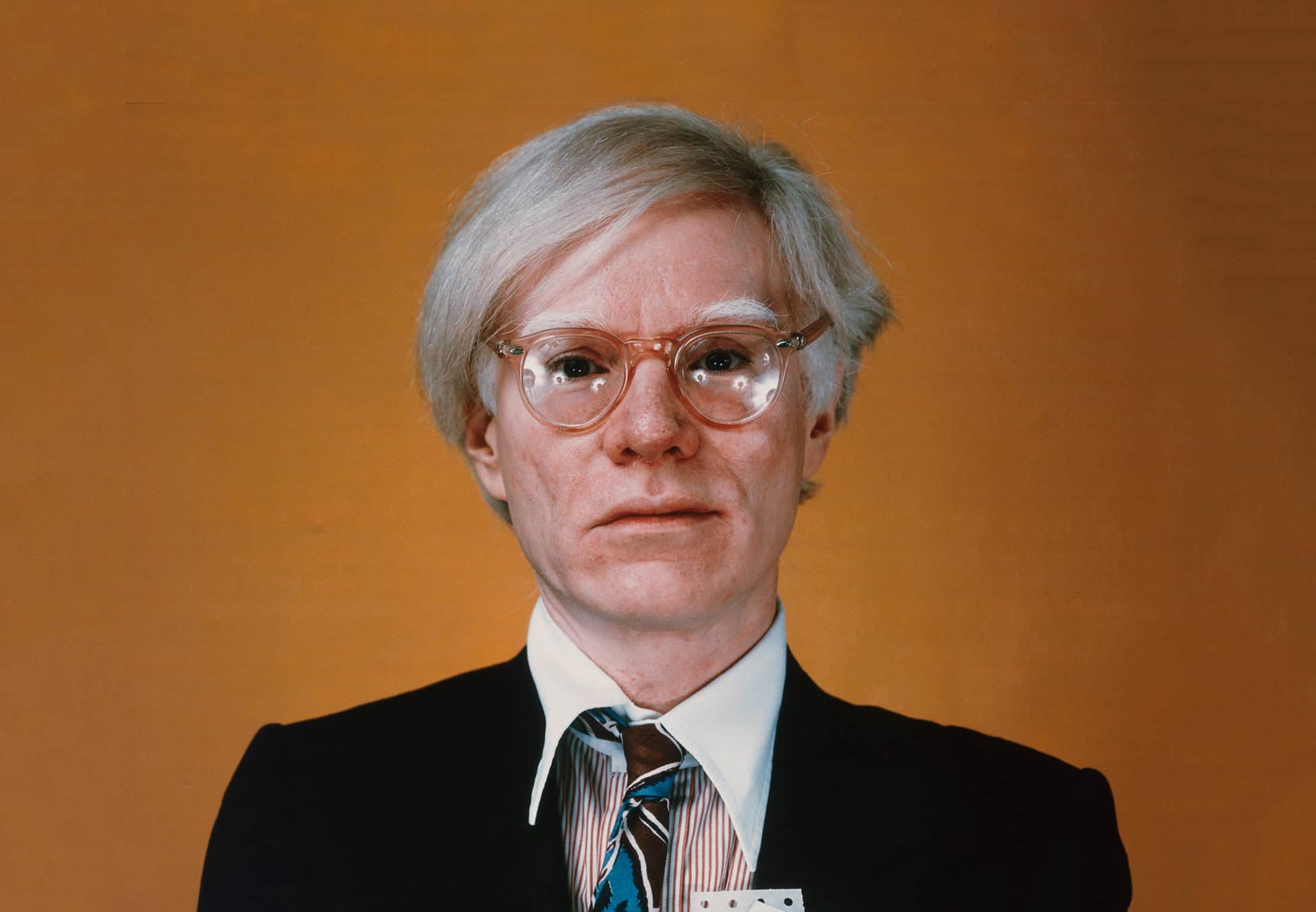
The 1968 shooting profoundly impacted Warhol, leading to lasting physical and psychological changes.
On June 3, 1968, the vibrant world of The Factory was shattered when radical feminist writer Valerie Solanas, a marginal figure associated with the studio, shot Warhol. He was declared clinically dead for nearly a minute and suffered severe internal injuries, including a shattered gallbladder, that required hours of life-saving surgery. Solanas was subsequently diagnosed with paranoid schizophrenia, sentenced to three years in prison, and later died of pneumonia in 1988.
The assassination attempt profoundly impacted Warhol, leaving him with chronic physical pain and deep psychological trauma, including lasting paranoia. After the attack, he became increasingly reclusive and, notably, more overtly spiritual, resuming his near-daily church visits. He famously remarked: "Before I was shot, I always thought that I was more half-there than all-there—I always suspected that I was watching TV instead of living life."
Warhol's Continued Influence and Legacy
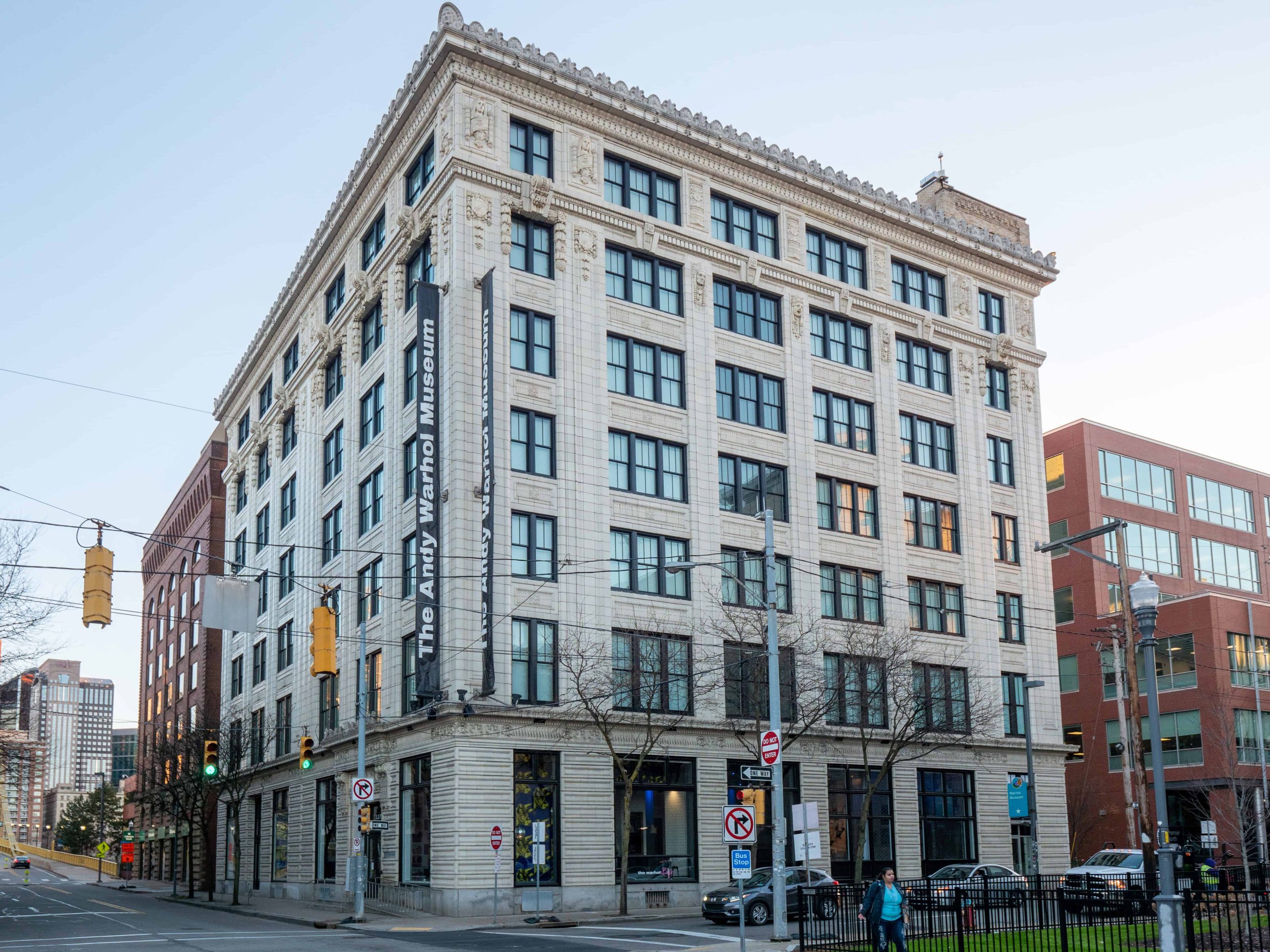
The Andy Warhol Museum in Pittsburgh houses the largest collection of his art and archives worldwide, serving as the central hub for his enduring legacy and the fulfillment of his philanthropic vision
The 1970s saw Warhol focus more on portrait commissions for wealthy patrons, while the 1980s marked a resurgence in critical and commercial success, partly due to his collaborations with younger artists like Jean-Michel Basquiat. His final career exhibition took place in Milan, Italy, in 1987, shortly before his death.
Andy Warhol's legacy is immense and multifaceted. He lived openly as a gay man long before the gay liberation movement gained widespread traction and is credited with popularizing the term "15 minutes of fame." His exploration of celebrity, consumerism, and the blurring lines between art and commerce remains profoundly relevant.
The Andy Warhol Authentication Board: A Historical Note
It's worth noting the historical context of art authentication in the Warhol market. The Andy Warhol Authentication Board, which certified works from 1995 to 2012, was eventually dissolved due to the immense cost of defending against numerous lawsuits, a process that reportedly cost The Andy Warhol Foundation over $10 million in legal fees [Wikipedia: Andy Warhol Art Authentication Board].
The Foundation now primarily relies on the ongoing creation of comprehensive Warhol catalogues raisonnés for scholarly judgments on authenticity.
The Supreme Court Showdown: Defining Fair Use
In 2023, Warhol's legacy faced a landmark legal challenge that reshaped copyright law for artists. Photographer Lynn Goldsmith sued The Andy Warhol Foundation for the Visual Arts over Warhol's "Prince Series," a collection of silkscreen prints based on her 1981 photograph of the musician Prince. One of these images, "Orange Prince," was licensed by Condé Nast, prompting Goldsmith's lawsuit.
The case ultimately reached the U.S. Supreme Court, which ruled 7–2 in favor of Goldsmith [U.S. Supreme Court Opinion]. The Court determined that the Foundation's commercial licensing of the "Orange Prince" image was not protected under the "transformative" fair use doctrine because its purpose was substantially similar to Goldsmith's original photo (both were used for commercial illustration). This decision has significant implications for how artists can appropriate existing works, underscoring the importance of considering the commercial nature and purpose of the derivative work.
An Enduring Market and Cultural Impact (2024-2025 Insights)
Since his death, Warhol's paintings and prints have consistently fetched astronomical prices at auction, solidifying his position as one of the most commercially successful artists of all time.
- His "Shot Sage Blue Marilyn" (1964) sold for $195 million at Christie's on May 9, 2022, becoming the most expensive 20th-century artwork ever sold at auction at the time [Christie's].
- Other notable painting sales include "Silver Car Crash (Double Disaster)" ($105 million) and "Eight Elvises" ($100 million).
The market for Andy Warhol's prints and editions in 2024 and extending into 2025 continues to demonstrate robust demand and resilience. While the overall art market saw some fluctuations, Warhol's segment has maintained stability, showcasing consistent demand driven by his enduring cultural relevance and brand power.
For instance, a complete set of his Endangered Species (1983) prints sold for $4,320,000 at Sotheby's in November 2024, demonstrating the continued strength in his portfolio works. Individual prints often fetch between $10,000 and $50,000, with complete portfolios commanding significant premiums [Guy Hepner, Revolver Gallery].
Warhol's prints remain a "blue-chip hedge" within art portfolios, known for their liquidity and stable appreciation, making them attractive to both seasoned collectors and new investors [Hang-Up Gallery]. Beyond sales, Warhol's enduring cultural presence is highlighted by new projects like the upcoming biopic starring Jared Leto [Revolver Gallery].
Today, Warhol's name remains synonymous with Pop Art and the commercialization of culture. The Andy Warhol Museum in Pittsburgh, home to the largest collection of his art and archives worldwide, continues to preserve and promote his extraordinary legacy. Crucially, The Andy Warhol Foundation for the Visual Arts continues to fulfill Warhol's philanthropic vision, with its most recent announcement on July 10, 2025, awarding $4.3 million in grants to 51 visual arts organizations across the United States and Puerto Rico.
These "Spring 2025" grants support programs enhancing artists' creative practices, funding major exhibitions (including retrospectives for overlooked artists and shows addressing current sociopolitical themes), and supporting curatorial research [Andy Warhol Foundation]. As Foundation president Joel Wachs emphasized, "We remain dedicated to supporting organizations that amplify the voices of artists, contributing to their individual well-being and to the overall health of our society."
This ongoing commitment ensures Warhol's financial legacy continues to profoundly shape the contemporary art world. Beyond the bold colors and shocking statements, Andy Warhol was a complex figure who saw the sacred in the mundane, transforming the everyday into scripture, and leaving behind a fortune and an artistic philosophy that continues to resonate globally.
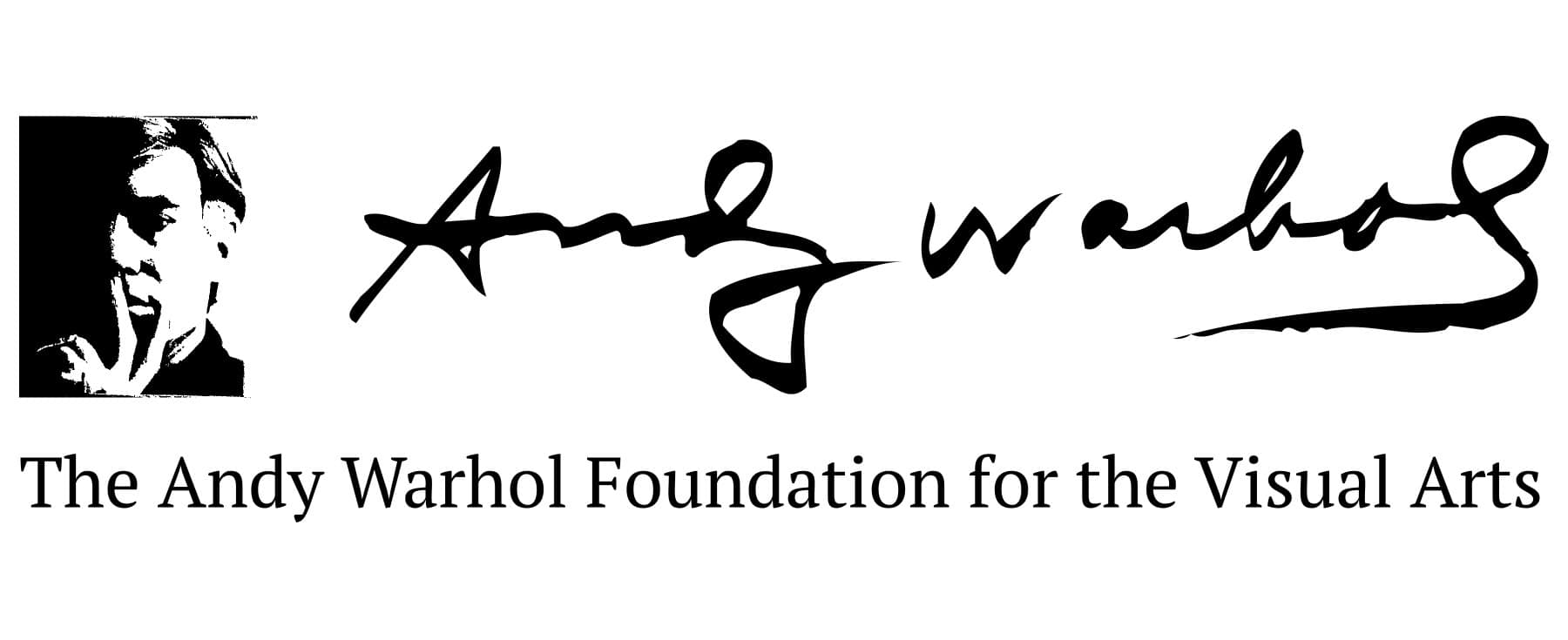
The Andy Warhol Foundation for the Visual Arts logo
Last Updated: July 10, 2025
Frequently Asked Questions About Andy Warhol
How much was Andy Warhol worth when he died?
Andy Warhol's net worth at the time of his death in 1987 was approximately $220 million, adjusted for inflation, as determined by a 1993 court-confirmed valuation.
Who inherited Andy Warhol’s fortune?
The vast majority of Andy Warhol's fortune was bequeathed to The Andy Warhol Foundation for the Visual Arts, which he established in his will to advance contemporary visual art. However, a portion of his personal effects and some early artworks were directly inherited by his nephew James Warhola and his six siblings.
Was Andy Warhol religious?
Yes, Andy Warhol was a devout Byzantine Catholic. While private about his faith, he attended church regularly, carried rosary beads, and his religious background profoundly influenced the themes and repetitive nature of his art.
What was the Lynn Goldsmith v. Warhol Foundation case about?
This landmark Supreme Court case in 2023 involved the Andy Warhol Foundation's commercial use of a silkscreen print of Prince based on a photograph by Lynn Goldsmith. The Court ruled that the Foundation's use was not fair use, significantly impacting copyright law for artists who appropriate existing works.
Did Andy Warhol spend extravagantly?
Warhol's spending was eccentric rather than conventionally extravagant. He famously collected peculiar items like hundreds of cookie jars and taxidermy, amassed extensive real estate, and invested in art by others, viewing "good business" as the "best art."
What was Andy Warhol's most expensive artwork sold?
Andy Warhol's "Shot Sage Blue Marilyn" (1964) sold for $195 million in 2022, making it one of the most expensive 20th-century artworks ever sold at auction.
More Celebrity Net Worth & Pop Culture Articles
-
Joe Burrow Net Worth: Quarterback Season 2 Salary Revelations
-
Tupac’s Estate Net Worth
-
Paris Jackson Net Worth 2025: Inheritance & Career
-
Tom Brady’s Jaw-Dropping $300 Million Net Worth Revealed
Sources and References
- The New York Times: "Value Put On Estate Of Warhol Declines" (July 21, 1993) [Link:
https://www.nytimes.com/1993/07/21/arts/value-put-on-estate-of-warhol-declines.html]. - U.S. Supreme Court Opinion: Andy Warhol Foundation for the Visual Arts, Inc. v. Goldsmith, No. 21–869 (May 2023).
- The Andy Warhol Diaries, edited by Pat Hackett.
- The Andy Warhol Museum, Pittsburgh.
- Sotheby’s Auction Results and Archives (for collected items and art sales data, including "Endangered Species" set, Nov 2024).
- Christie's: "Warhol's Marilyn Sells for $195 Million" (May 9, 2022) [Link:
https://www.christies.com/en/lot/lot-6369449]. - The Andy Warhol Foundation for the Visual Arts Official Website: "Spring 2025 Grant Recipients" (July 10, 2025) [Link:
https://warholfoundation.org/2025/07/09/the-andy-warhol-foundation-for-the-visual-arts-announces-spring-2025-grant-recipients/]. - Guy Hepner: "Market Report: March 21 2025 | A Positive Outlook & Stability" (March 21, 2025).
- Revolver Gallery: "The 2025 Warhol Print Market Report" (Accessed July 10, 2025).
- Hang-Up Gallery: "Warhol's Market Remains Robust" (March 6, 2025).
- Angelus News: "Pop heart: Andy Warhol's complicated Catholicism" (November 1, 2018).
- Artlyst: "Andy Warhol Catholicism, His Work, Faith And Legacy" (May 24, 2017).
- Victor Wiener Associates, LLC: "Andy Warhol estate - Featured Cases" (Accessed July 10, 2025).
- Wikipedia: "Andy Warhol Art Authentication Board" (Accessed July 10, 2025).


